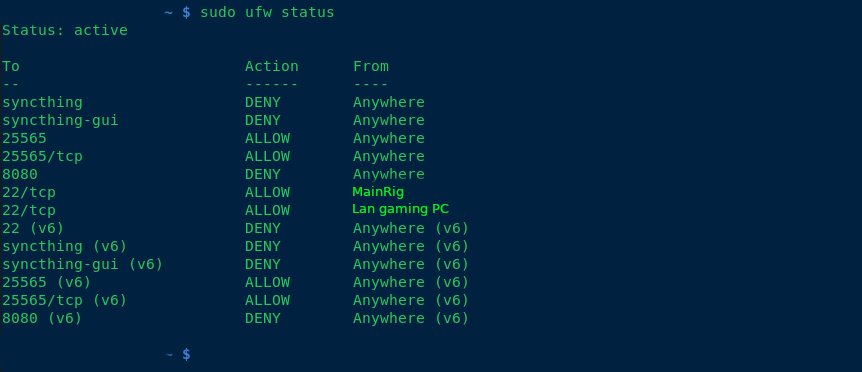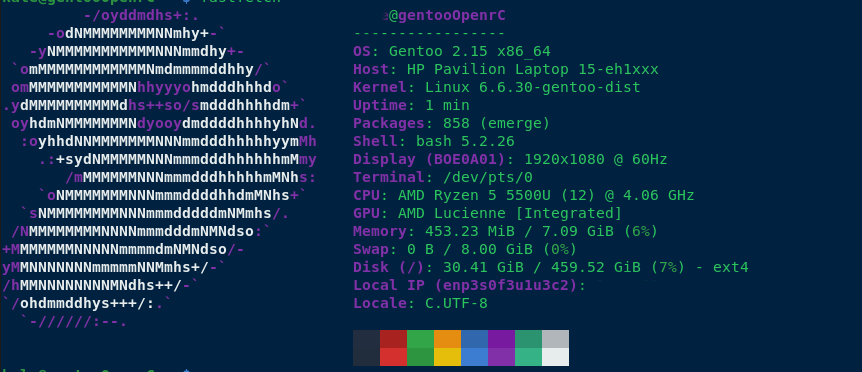Selfhosted
A place to share alternatives to popular online services that can be self-hosted without giving up privacy or locking you into a service you don't control.
Rules:
-
Be civil: we're here to support and learn from one another. Insults won't be tolerated. Flame wars are frowned upon.
-
No spam posting.
-
Posts have to be centered around self-hosting. There are other communities for discussing hardware or home computing. If it's not obvious why your post topic revolves around selfhosting, please include details to make it clear.
-
Don't duplicate the full text of your blog or github here. Just post the link for folks to click.
-
Submission headline should match the article title (don’t cherry-pick information from the title to fit your agenda).
-
No trolling.
Resources:
- selfh.st Newsletter and index of selfhosted software and apps
- awesome-selfhosted software
- awesome-sysadmin resources
- Self-Hosted Podcast from Jupiter Broadcasting
Any issues on the community? Report it using the report flag.
Questions? DM the mods!
view the rest of the comments


currently my setup is a dsl modem that goes, to my router/WAP which is a eero, that i plan to eventually replace with a Banna pi R4 which will run openwrt. but as of now the eero goes to my 48 port in my server room, and i have all my computer jacked into that. so to answer your question, my firewall is handled by my router and individual local rules by my machines. im kinda new to self hosting and port forwarding and pfsense looks pretty useful. i know pfsense is based on freebsd so is that a big plus vs openwrt?
please let me know, what some potential solutions could be.
Pfsense is a lot more feature rich than openWRT, especially when it comes to firewall features. Personally I just use openwrt to run my access points.
I would replace that eero unit with an old dell optiplex with pfsense, and forego trying to virtualize PFSense.
Not sure what hardware is in that eero, but if you wanted to keep it as just a basic AP, that isn't a bad plan.
After that get a second optiplex for publicly hosted stuff. Keep that on a separate port on your PFSense machine, completely firewalled off from the rest of your network via pfsense, only allowing traffic from LAN to your server.
Physically separating your internal network, and publicly hosted services, as much as possible is the goal.
If you can only afford one new piece of hardware, I'd get the pfsense box, and set it up as a wireguard VPN server, disabling the direct port forwards to the VM running Minecraft. Though your friends would need to install a VPN client, and youd have to provide config files.
A used optiplex on eBay usually isn't much more money to get up and running than most Linux SoC's after all the adapters and kit is purchased, and they're usually specced out way better.
Actually if you wanted to do physical DMZ separation, and wireguard you'd really be doing good, but that's probably a little paranoid.